Polyurethane foam is all around us, even if we don’t always notice it. It’s in our mattresses, our couches, and even our car seats, providing comfort and support. But that’s not all. This versatile material is also used in construction for insulation, in agriculture for hydroponics, and in sports equipment for safety and performance. Understanding what polyurethane foam is and its many applications can open your eyes to the countless ways it improves our daily lives.
Key Takeaways
- Polyurethane foam is a versatile material used in various industries, from automotive to construction.
- It provides comfort and support in everyday items like mattresses and furniture.
- The foam is made by reacting polyols with diisocyanates, both derived from crude oil.
- Polyurethane foam can be flexible or rigid, depending on its intended use.
- Environmental concerns and recycling challenges are associated with polyurethane foam production.
Introduction to Polyurethane Foam
What is Polyurethane Foam?
Polyurethane foam is a type of polymer that can be either flexible or rigid, depending on its formulation. It’s made by reacting polyols with diisocyanates, both of which are derived from crude oil. This reaction creates a material that can be used in a wide range of products, from soft cushions to sturdy insulation panels. Polyurethane foam is everywhere, often unnoticed, yet it plays a crucial role in our daily comfort. It’s in mattresses, car seats, and furniture, providing comfort and support.
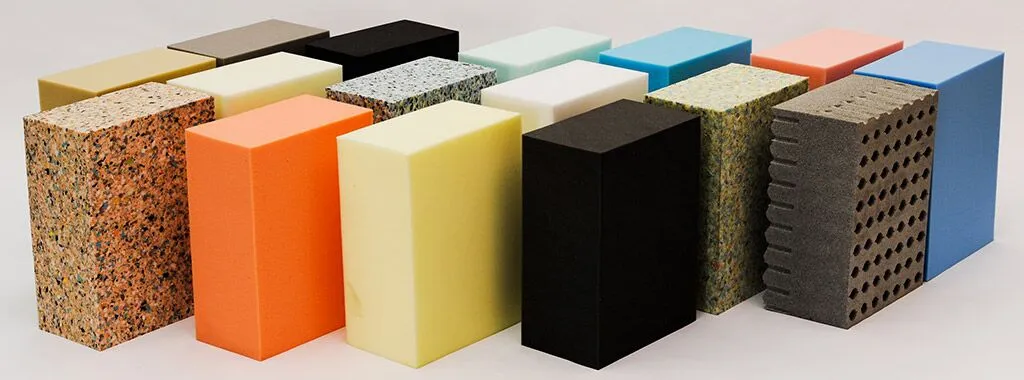
Polyurethane foam
Types of Polyurethane Foam
Polyurethane foam comes in two main types:
- Flexible Foam: This type is soft and elastic, perfect for cushioning in furniture, bedding, and car interiors. Flexible foam can be molded into various shapes and firmness levels, making it versatile for different applications.
- Rigid Foam: Known for its excellent insulation properties, rigid foam is used in construction and refrigeration. It provides structural strength and energy efficiency.
Chemical and Mechanical Properties
Polyurethane foam boasts a range of properties that make it suitable for diverse applications:
- Thermal Insulation: Especially in rigid forms, it provides excellent thermal barriers, helping to reduce energy costs.
- Chemical Resistance: It withstands exposure to oils, solvents, and other chemicals, making it ideal for industrial applications.
- Durability: Polyurethane foam is known for its long-lasting nature, which maintains its properties over time.
- Lightweight: Despite its strength, it remains lightweight, which is beneficial in the automotive and aerospace industries.
Polyurethane foam’s adaptability and resilience make it a preferred choice across multiple sectors, from household to industrial applications, proving its unmatched utility and versatility.
Applications of Polyurethane Foam in Everyday Life
Home and Furniture
Polyurethane foam is a staple in home and furniture applications. It’s the comfort behind your favorite couch and the support in your mattress. This foam is not just about comfort; it also plays a role in insulation, helping keep your home energy-efficient. In furniture, it’s used in cushions and padding, offering durability and resilience.
- Mattresses and Bedding: Provides support and comfort.
- Upholstery: Used in sofas and chairs for cushioning.
- Insulation Panels: Helps in reducing energy costs.

Polyurethane foam is a staple in home and furniture applications
Automotive Industry
In the automotive industry, polyurethane foam is everywhere. It provides the comfort in car seats and the insulation in your vehicle’s interior. It’s also used for noise reduction, making your ride quieter.
- Car Seats: Offers comfort and support.
- Interior Trim: Used for noise reduction and insulation.
- Headliners and Armrests: Adds comfort and style.
Sports and Recreation
For sports and recreation, polyurethane foam is a game-changer. It’s used in everything from protective gear to surfboards. This foam provides the necessary shock absorption and flexibility needed in sports equipment.
- Protective Gear: Used in helmets and pads.
- Sports Equipment: Found in surfboards and ski boots.
- Recreational Items: Used in inflatable rafts and camping mats.
Polyurethane foam is not just versatile; it’s essential. From the comfort of your home to the thrill of sports, this material is woven into the fabric of daily life, enhancing experiences and providing solutions.
Industrial Uses of Polyurethane Foam
Construction and Insulation
Polyurethane foam plays a pivotal role in the construction industry, particularly when it comes to insulation. Rigid polyurethane foam is renowned for its excellent thermal insulation properties, making it a go-to choice for insulated walls, roofs, and floors. It’s also extensively used in refrigeration and cold storage facilities to stabilize temperatures. Beyond insulation, polyurethane coatings provide a durable protective finish on surfaces like wood, metal, and concrete, ensuring longevity and resistance to wear.
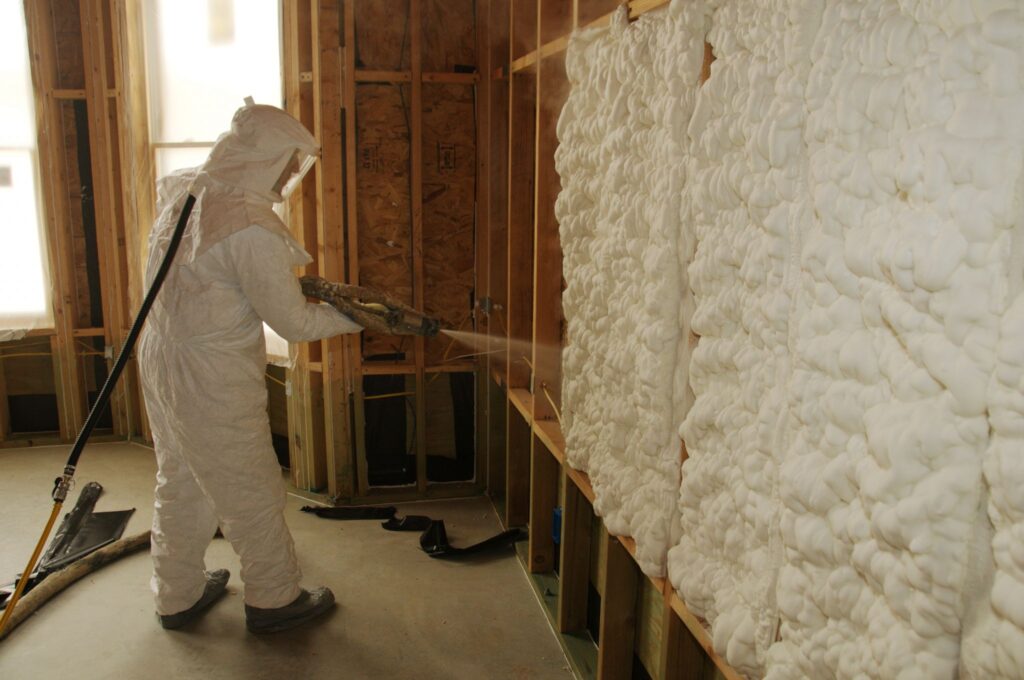
Polyurethane foam plays a pivotal role in the construction industry
Manufacturing and Packaging
In the world of manufacturing, polyurethane foam is a versatile player. It’s used for acoustic insulation, helping to reduce noise in industrial settings. The foam’s shock-absorbing properties make it ideal for packaging, especially for delicate items like electronics and glassware. Customizable foam packaging ensures that products are securely transported without damage, a crucial factor in maintaining customer satisfaction.
Electronics and Electrical Applications
Polyurethane foam is also a key component in the electronics industry. It’s used for electrical insulation, cable jacketing, and as potting compounds to protect sensitive electronic components. The foam’s ability to adapt to various shapes and sizes makes it perfect for encapsulating delicate electronics, ensuring they are protected from environmental factors like moisture and dust. This adaptability extends to its use in filters for industrial applications, where its cell structure can be tailored to specific needs, such as filtering hot liquid metals in foundries.
Benefits of Using Polyurethane Foam
Comfort and Support
Polyurethane foam is like a cushion for your life. Whether it’s your mattress, your couch, or the seat in your car, this foam is all about comfort. It molds to your body, giving you the support you need where you need it most. This makes it a top choice for bedding and furniture. You might not even realize it, but the foam’s ability to bounce back and maintain its shape over time is why your bed feels just as comfy after years of use.
Durability and Longevity
When it comes to lasting power, polyurethane foam is a champ. Unlike other materials that wear down quickly, this foam can take a beating and still perform. It’s resistant to wear and tear, which means products made with it, like furniture and car seats, last longer. Plus, it’s got a knack for handling chemicals and moisture, so it won’t break down easily in harsh conditions. This means fewer replacements and repairs, saving both time and money.
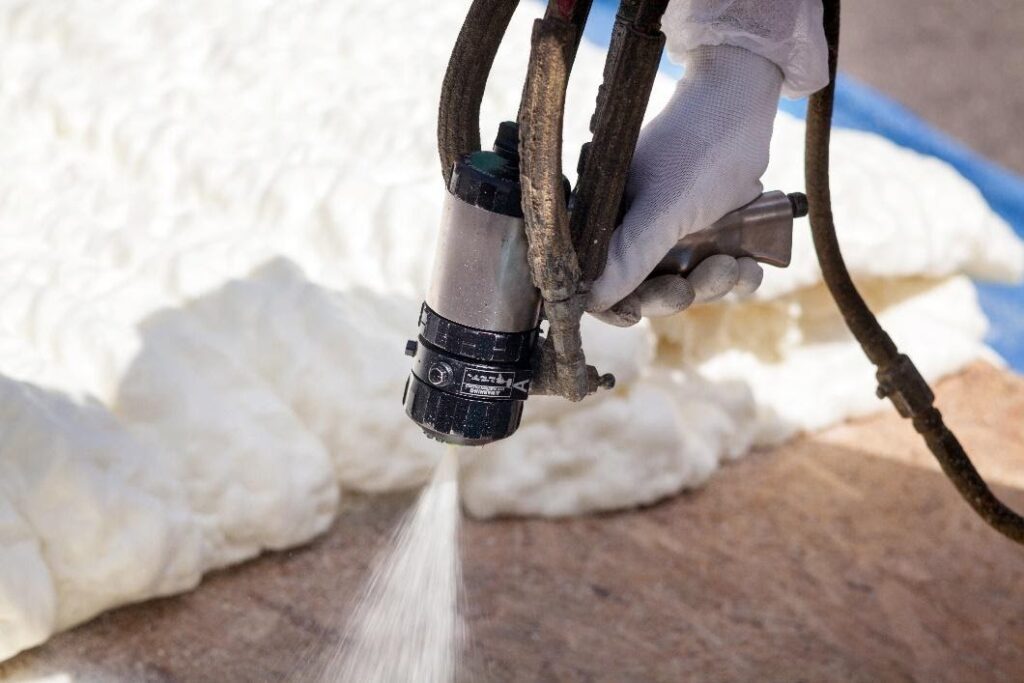
Durability and Longevity
Environmental Impact
Now, let’s talk green. Polyurethane foam isn’t just about comfort and durability; it’s also about smart energy use. PU foams serve as effective insulators, minimizing energy loss by sealing gaps and cracks in walls, windows, and doors. This helps keep your home cozy in the winter and cool in the summer without cranking up the energy bills. Though the production process has its challenges, efforts are underway to make it more sustainable. Recycling initiatives are gaining traction, aiming to reduce waste and promote a more eco-friendly lifecycle for these products.
Innovative Uses of Polyurethane Foam
Agriculture and Urban Design
Polyurethane foam is making waves in agriculture, especially in hydroponics. It’s used as a substrate in greenhouses, helping to grow vegetables like cucumbers and tomatoes. The foam holds water and nutrients, providing an optimal air-to-water ratio for plants. This setup often results in higher yields. In urban design, polyurethane foam is used in vertical gardens and green roofs. These applications help manage rainwater and regulate air temperature, making cities a bit greener and more sustainable.
Healthcare and Cosmetics
In the healthcare sector, polyurethane foam is used in wound dressings and surgical drapes. Its ability to conform to body shapes and manage moisture makes it ideal for these applications. In cosmetics, it’s found in applicators and sponges, offering a soft touch and even product distribution.
Marine and Boating
Polyurethane foam plays a significant role in the marine industry. It’s used for flotation devices, ensuring safety and buoyancy. Additionally, it can be found in boat hulls and decks, providing structural support and insulation against water and temperature changes.
Polyurethane foam’s versatility allows it to be tailored for diverse applications, from agriculture to marine industries. This adaptability makes it a valuable material across various sectors, offering unique solutions to industry challenges.
Challenges and Considerations in Polyurethane Foam Production
Safety and Environmental Concerns
Producing polyurethane foam isn’t a walk in the park. It involves a mix of chemicals, some of which can be hazardous. This can lead to environmental concerns, as the production process requires a lot of energy and can potentially release harmful substances. It’s crucial to handle these materials with care to minimize risks. Workers need to be trained properly, and safety measures should be in place to prevent accidents and exposure to harmful chemicals.
Recycling and Waste Management
Recycling polyurethane foam is tricky because of the variety of formulations out there. Each type of foam has different properties, making it hard to separate and recycle effectively. Here’s a quick look at some of the recycling challenges:
- Variety of Formulations: Different types of polyurethane foam require different recycling methods.
- Separation Difficulties: It’s tough to separate polyurethane from other materials.
- Limited Recycling Facilities: Not many places can recycle polyurethane efficiently.
Future Trends and Innovations
The future of polyurethane foam production looks promising, with new trends and innovations on the horizon. Researchers are working on developing more sustainable and environmentally friendly formulations. This includes finding alternatives to traditional raw materials and improving recycling processes. Additionally, advancements in technology may lead to more efficient production methods, reducing both cost and environmental impact.
Polyurethane foam is versatile and widely used, but its production comes with challenges that need to be addressed. From safety concerns to recycling difficulties, it’s essential to keep pushing for innovations that make the process safer and more sustainable.
For more insights into the disadvantages of polyurethane foam, it’s important to consider both the environmental impact and potential health risks associated with its use.
Wrapping It Up: The Role of Polyurethane Foam in Our Lives
So, there you have it. Polyurethane foam is pretty much everywhere, even in places you wouldn’t think to look. From your comfy mattress to the insulation in your walls, it’s doing a lot of heavy lifting. It’s not just about comfort, though. This stuff is versatile, popping up in everything from car seats to soundproofing. And let’s not forget about its role in keeping things energy efficient. It’s kind of amazing how one material can do so much, right? Whether it’s in your home, your car, or even your favorite pair of shoes, polyurethane foam is quietly making life a bit easier and more comfortable. Who knew foam could be such a game-changer?
Read more: Exploring Where Polyurethane is Found: A Comprehensive Guide to Its Applications and Sources


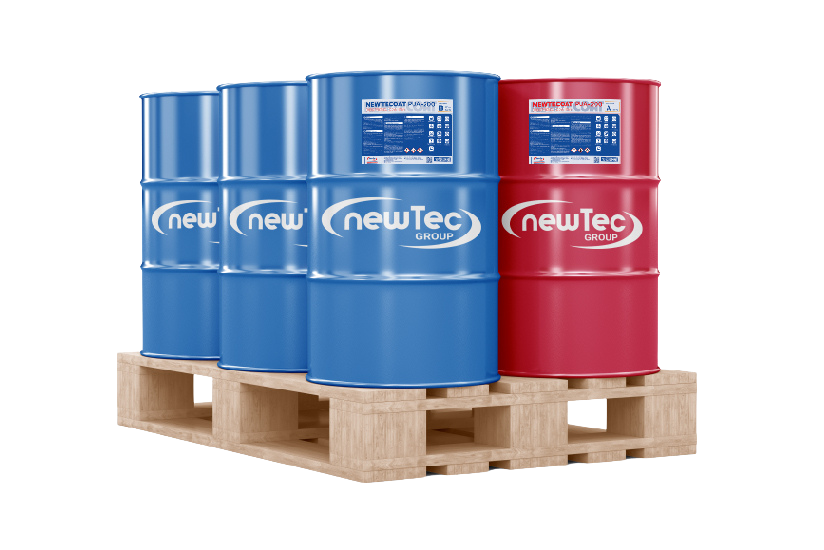
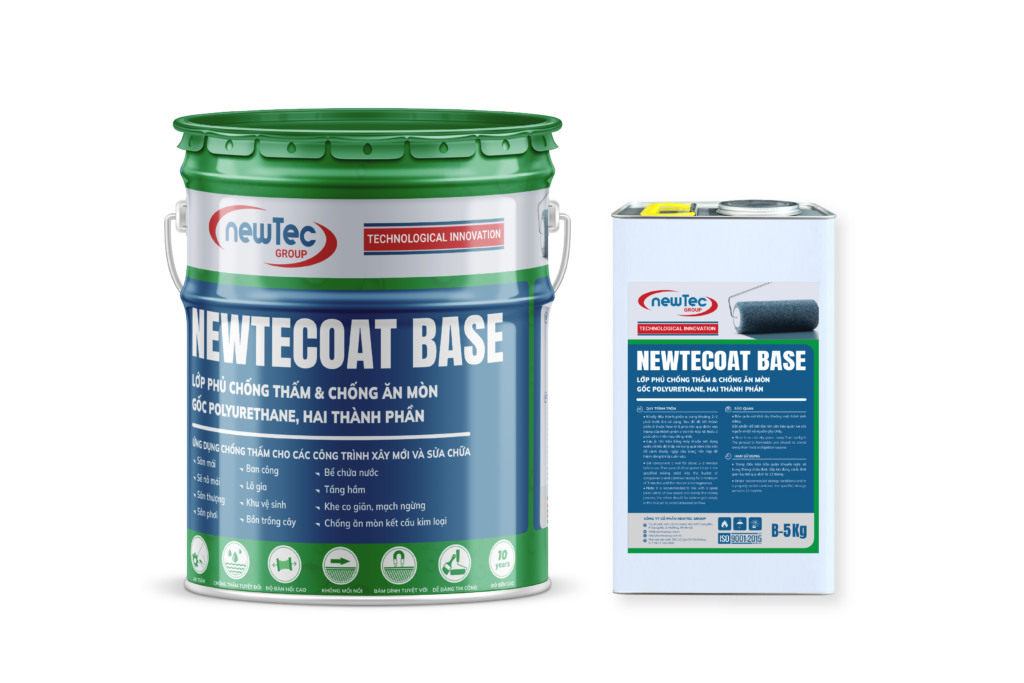
You may also be interested in
Is Polyurethane Safe? Understanding the Risks and Benefits of This Versatile Material
Polyurethane is a popular material found in many everyday products, from furniture to insulation. But
Mar
What Does Polyurethane Do? Understanding Its Benefits and Applications in Woodworking
Polyurethane is a popular finish in woodworking, and for good reason. It offers a tough
Mar
Understanding What is Polyurethane Made Of: A Comprehensive Guide
Polyurethane is a material that shows up in a lot of everyday items, from furniture
Mar
What is Polyurethane Coating and Why You Should Consider It for Your Next Project
If you’re looking for a reliable way to protect surfaces, you might want to consider
Mar
Understanding What Is Polyurethane Foam Made Of: A Deep Dive into Its Composition and Production
Polyurethane foam is everywhere, from the cushions on your couch to the insulation on your
Mar
Understanding What is Polyurethane Made Of: A Comprehensive Guide
Polyurethane is a material that pops up in all sorts of products we use every
Mar
What Is Polyurethane Foam Made Of? A Comprehensive Guide to Its Composition and Uses
Polyurethane foam is everywhere. From the cushion you’re sitting on to the insulation in your
Feb
Is Polyurethane a Plastic? Understanding Its Properties and Uses
Ever wondered if polyurethane is a type of plastic? It’s a question that pops up
Feb